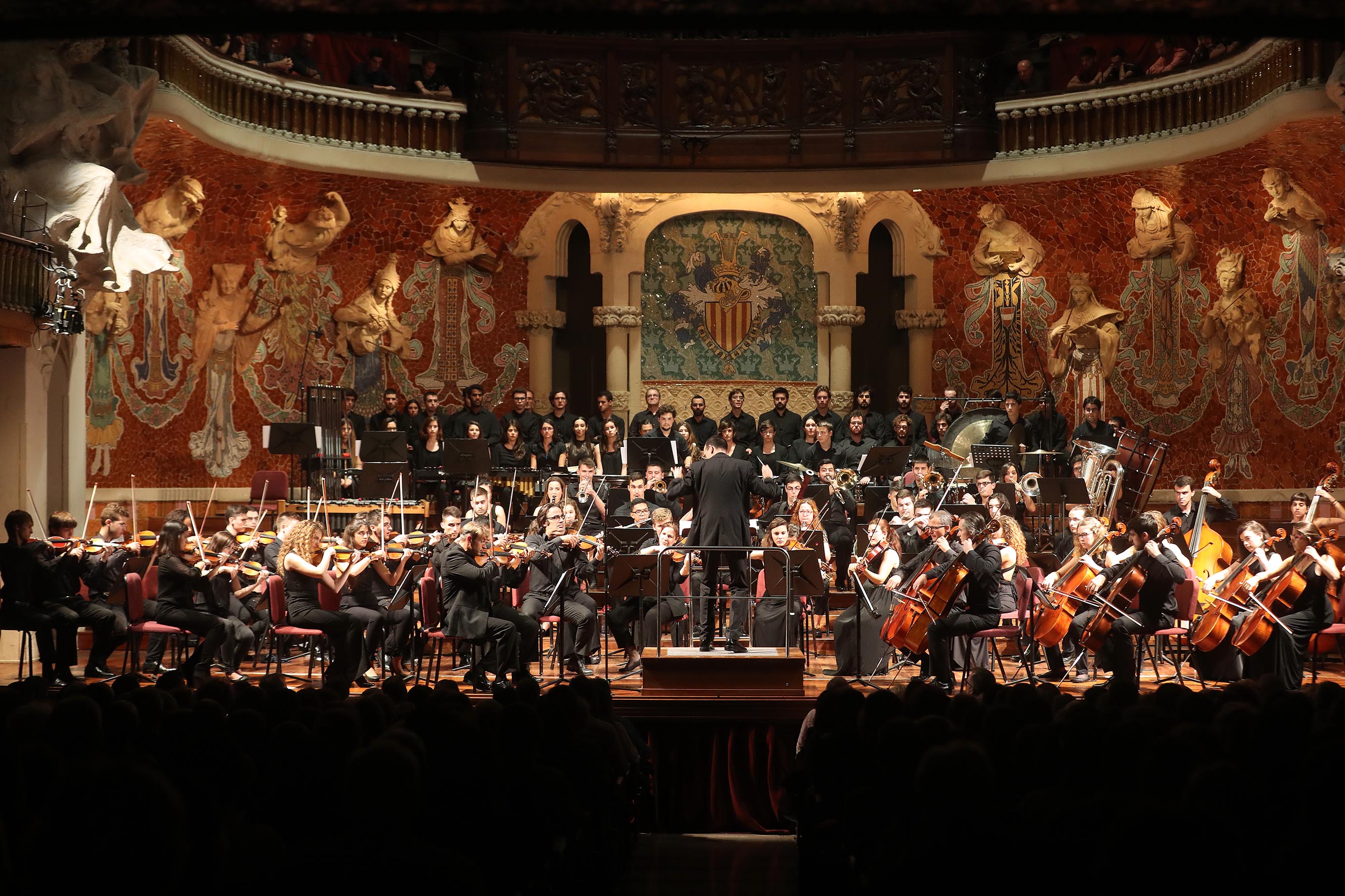
Establishment of ASCE

In 2001, it became clear that there was a need to highlight the rich heritage of European cemeteries. Thanks to Mauro Felicori and his team, which at that time was represented by the heads of 9 European cemeteries, including Barcelona, the Association of Significant Cemeteries in Europe (ASCE) was set up with the basic aim of promoting the recognition of European cemeteries as cultural assets of exceptional importance and fostering awareness of them among citizens and the main national and European institutions.
The growing interest on the part of different cemetery managers has consolidated the project, with a total of 23 countries and 124 cities that have joined, and which today make ASCE a European association of reference. Barcelona has always been a very active member from its position in the Steering Committee and for some years holding the presidency.
The impact of ASCE on cemeteries in Barcelona

The evolution of cultural activities in these 20 years has been astonishing and exponential. The streets and squares of the different cemeteries in Barcelona have witnessed and been the setting for routes, concerts, open days, conferences, plays, musicals and, last but not least, spaces in which to show new generations the wealth that cemeteries contain.
It should be noted that the cultural change in our society has been an important factor in the opening of the cemeteries to the city as cultural spaces. Guided tours of the cemeteries are another of the city's attractions, and many people have chosen to take them and learn about the history of Barcelona from the people buried in the cemeteries or the sculptors and architects who left their works there. We would like to make special mention of the different spaces that house cemeteries, in general, considering them to be the depositories of a large part of the tangible and intangible heritage that we are obliged to preserve and pass on to future generations.


On the other hand, the possibility of establishing collaborations with different entities such as the University of Barcelona, the Miró Foundation, the Olympic Museum, among others, offers us the opportunity to carry out interesting projects together, which have subsequently served for students and scholars from different disciplines.
Our 'obsession' over the last ten years has been to open 'our open-air museums' to children, offering schools different educational activities to bring the cemeteries closer to the children so that they understand that cemeteries are spaces full of history and stories and that they should not always be perceived in a sad or negative way.
Barcelona has always wanted to be actively involved in the Association and to collaborate in the projects that have arisen, to offer the public the opportunity to get to know both Barcelona's and Europe's cemeteries more closely. Thus, in the year 2012 it was possible to collaborate in the Eucemet project by organising a photo exhibition in the Funeral Carriage Collection in the Montjuïc Cemetery. In this sense, and always pursuing the same objective of promoting the value of cemeteries and making them known to society, we believe that the ASCE's promotion of the Week of Discovering European Cemeteries (WDEC) is fundamental.
The uniqueness of European Cemeteries Route

We would also like to make special mention of the European Cemeteries Route, a project developed by the Association, which is conceived as a network of cemeteries which, by opening their precincts through cultural routes, makes this important funerary heritage in Europe known in a joint way.
The itinerary generates an image with the capacity to attract tourists who are looking for alternatives to the existing offer.

We must highlight the uniqueness of this itinerary with respect to other existing ones:
- It is an itinerary aimed at all segments of the public: citizens of the city itself, tourists, schools, groups, etc.
- The itinerary combines culture and nature (most of the cemeteries can be considered as parks).
- The itinerary completes the existing cultural offer in the cities and in Europe.
For them, communication tools common to all the cemeteries that take part of the route were established, as well as communication actions aimed at raising awareness of the route.
The importance of ASCE scientific committee
We do not want to end our article without making special mention of the ASCE scientific committee created expressly to supervise the Association's work plan. Members contribute their experience from different fields of work, which help to have a broader vision when proposing new projects and new cemetery inclusions.
For 20 more years of heritage, culture, knowledge, and new experiences.
Miquel Trepat Celis
General Director of Cementiris de Barcelona
Cemetery Services Management
Cemeteries of Barcelona
You can access the original article
HERE.
